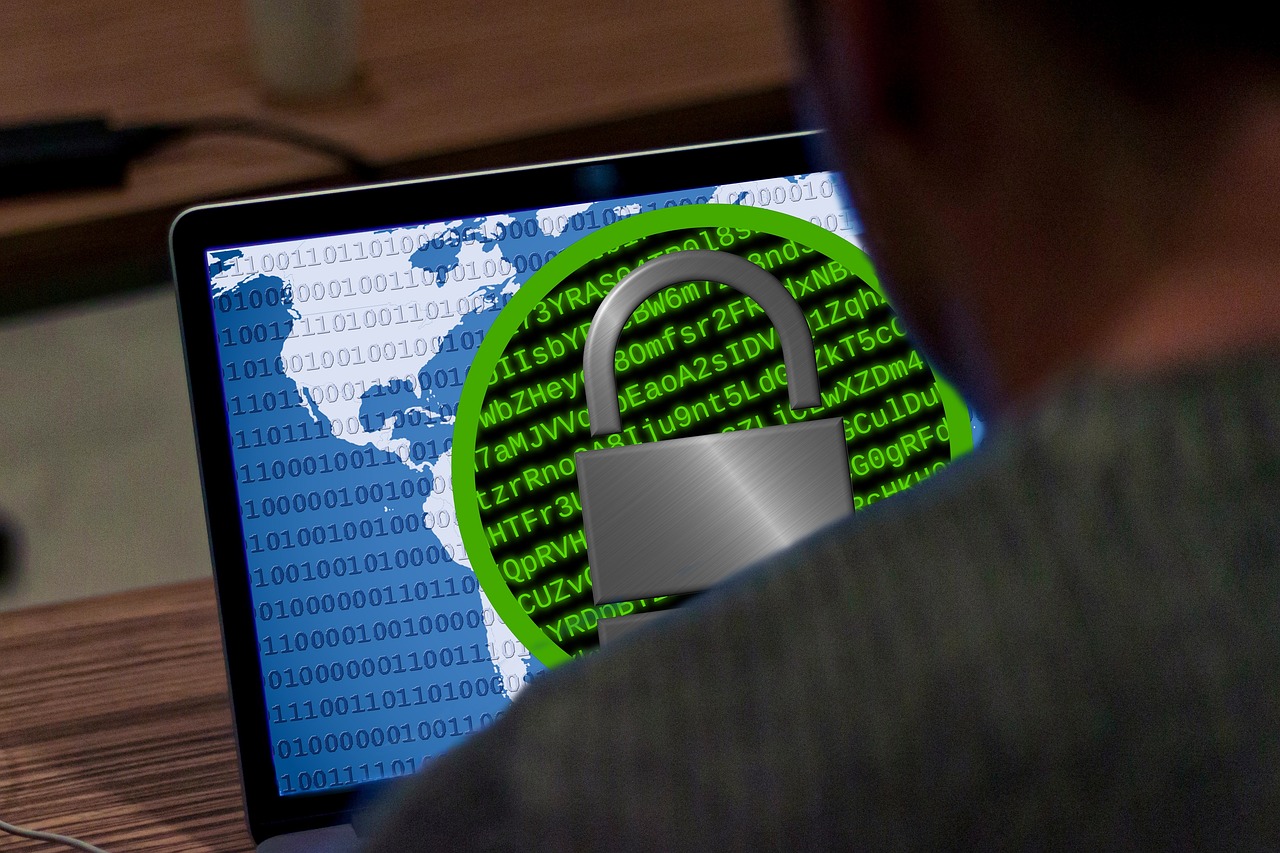Here, we will explore using deception technology to detect and divert ransomware attacks.
Ransomware has become one of the most pervasive cyber threats to organizations worldwide, evolving in complexity and impact. The increasingly sophisticated nature of these attacks demands an equally advanced line of defence.
For businesses looking to protect themselves, deception technology has emerged as a compelling solution. By leveraging tools like Mimecast’s ransomware protection, organizations can proactively detect and sideline ransomware attacks before they cause harm.
This article explores how deception technology works, why it is effective against ransomware, and how solutions like Mimecast’s ransomware protection deliver actionable advantages to enterprises. You’ll gain practical insights into the benefits of deception technology and how its integration strengthens cybersecurity strategies.
Table of Contents
Understanding Deception Technology in Cybersecurity
Deception technology introduces a proactive and innovative approach to threat detection. Unlike traditional security systems that rely on signature-based detection or real-time scanning, deception technology uses fake assets—sometimes called decoys or honeypots—to lure attackers. These decoys mimic high-value assets such as databases, login credentials, or confidential files.
The concept is simple yet effective. Cybercriminals looking to breach a system often seek valuable targets to exploit. Deception technology provides seemingly legitimate bait that diverts attackers away from genuine network components. Once they interact with decoy systems, cybersecurity teams are alerted to the intrusion, enabling an immediate response.
Tools like Mimecast’s ransomware protection use similar proactive approaches to detect ransomware threats. By fostering an environment where attackers are encouraged to reveal themselves, such technologies provide organizations with critical time to neutralize the threat before it reaches essential systems.
How Ransomware Operates and Why Detection is Challenging
To appreciate the role of deception technology, it’s important to understand the nature of ransomware attacks. Ransomware is typically delivered via phishing emails, malicious attachments, or vulnerabilities within software. Once activated, it encrypts files and demands payment—often in cryptocurrency—for victims to regain access.
A chief challenge with ransomware is its stealthy nature. Many strains are designed to bypass traditional security solutions and remain undetected until encryption begins. The speed of execution and creativity of cybercriminals make traditional defences like firewalls and antivirus software insufficient in isolation.
Mimecast’s ransomware protection addresses these limitations by detecting threats at multiple stages—email gateways, within attachments, or during suspicious file execution. However, even with this advanced protection, integrating deception technology adds an additional layer of security. It doesn’t replace conventional solutions but works alongside them to strengthen overall threat mitigation.
Deception Technology in Action Against Ransomware
Deception systems create an elaborate illusion for cybercriminals. For example, a system could host a decoy server filled with fake files labeled as sensitive financial records. When an attacker tries to access or tamper with this decoy, the system flags their activity and may even trace the source.
But what makes this approach particularly effective for ransomware detection? Here are some critical practical elements:
Early Detection and Prevention
By engaging with decoys, ransomware attackers reveal their intentions prematurely. This early warning system enables organizations to neutralize threats before they reach their intended targets.
Behavioral Analysis of Attackers
When cybercriminals interact with a decoy, their behaviours, tools, and methods are revealed. This data helps build more effective ransomware protection strategies. For example, Mimecast’s ransomware protection could incorporate these insights to bolster email defences.
Proactive Defense Strategy
Deception technology shifts the approach from reactive to proactive. Rather than waiting for ransomware to encrypt files, organizations detect anomalous behaviors before encryption starts.
Minimizing Operational Impacts
Swift identification and mitigation through tools like deception technology mean reduced downtime, minimized data loss, and lower recovery costs following a ransomware attack.
By integrating deception technology into their strategy, organizations improve their ability to detect, analyze, and prevent sophisticated ransomware campaigns.
READ ALSO: How ERP Project Recovery Consultants Rescue Failing Projects and Boost ROI
Mimecast’s Ransomware Protection and Synergistic Security
While deception technology forms a robust pillar of defense, it works best when combined with other high-quality solutions. Mimecast’s ransomware protection, for instance, adopts a layered security approach, which includes email filtering, advanced threat detection, and endpoint protection. This comprehensive system ensures no entry point is left unsecured.
Particularly relevant is Mimecast’s focus on email as a primary delivery vector for ransomware. The solution scans emails for malicious links, attachments, or suspicious sender behaviors. When paired alongside deception technology, Mimecast enables businesses to divert potential ransomware threats at the earliest point of contact.
Consider a scenario where an organization encounters a phishing email containing ransomware. Mimecast’s tools could block the email outright or isolate the attachment within a sandbox. Simultaneously, a deployed deception system could lure the ransomware into a controlled environment for study and eventual neutralization. This multi-faceted approach significantly reduces risks while enhancing organizational preparedness.
Real-World Applications of Deception Technology
The adoption of deception technology in enterprise environments is becoming increasingly common. Financial industries, healthcare providers, and government entities have all benefited from its proactive techniques. Consider the following real-world scenario:
A healthcare organization discovered ransomware attempting to encrypt its critical patient data. With deception technology in place, the attack was diverted to a dummy database. Not only did the decoy prevent the ransomware from causing significant disruption, but the company also gleaned valuable intelligence about the malware’s operation. By analyzing the attackers’ methods, the organization strengthened its security protocols—storage encryption was enhanced, and email gateways were further hardened with solutions like Mimecast’s ransomware protection.
This case exemplifies how deception technology complements existing defenses to safeguard operational workflows and data integrity.
Building a Comprehensive Security Framework
Organizations must take a holistic approach to cybersecurity, where multiple tools and practices work in unison. Deception technology is a sophisticated addition but not a standalone solution. For the most effective results:
- Combine deception tools with advanced email and endpoint protection. Mimecast’s ransomware protection can act as the first line of defense by mitigating phishing attacks, while deception technology monitors for internal threats.
- Educate employees about cybersecurity best practices. Many ransomware attacks exploit human error through social engineering or phishing campaigns.
- Regularly update and patch software vulnerabilities. Cybercriminals frequently exploit outdated systems.
- Monitor trends in ransomware and update detection methods accordingly.
By merging advanced solutions like Mimecast’s ransomware protection with cutting-edge technologies such as deception, organizations create an adaptable, agile security framework.
The Future of Ransomware Defense
The landscape of ransomware is constantly evolving, driving cybersecurity solutions to innovate just as rapidly. Deception technology is expected to expand in sophistication, making it even harder for attackers to differentiate decoys from real systems. Meanwhile, tools like Mimecast’s ransomware protection are adapting to detect more advanced and polymorphic ransomware strains.
The ultimate goal is not just to stop attacks but to predict their occurrence with enough precision to eliminate risks entirely. While technological advancements play a significant role, human factors—such as cybersecurity awareness and training—remain equally critical. Combined, these elements push organizations closer to a future where ransomware attacks are not just mitigated but preemptively nullified.
Final Thoughts
Deception technology offers a powerful means to detect and divert ransomware attacks, minimizing risks and costs associated with these malware campaigns. By luring attackers into controlled environments, it empowers organizations to anticipate, understand, and neutralize offensive techniques before they succeed.
When paired with robust solutions like Mimecast’s ransomware protection, deception technology becomes part of a layered security architecture capable of addressing ransomware threats at multiple stages. For businesses navigating an unpredictable cybersecurity landscape, such tools provide both peace of mind and operational resilience.
Addressing ransomware requires a blend of innovative technologies and conscientious practices. By integrating deception technology into your security strategy, you not only protect your digital assets but also equip your organization to stay ahead in a constantly evolving threat environment.
INTERESTING POSTS
- Your Essential Ransomware Guide: Prevention, Detection, and Recovery
- Don’t Get Hooked: How to Spot And Stop Phishing Scams
- How to Protect Your Computer from Ransomware: Essential Security Measures
- Understanding The Windows 10 Ransomware Protection
- Do You Still Need Antivirus Protection For Your Business?
About the Author:
Gina Lynch is a VPN expert and online privacy advocate who stands for the right to online freedom. She is highly knowledgeable in the field of cybersecurity, with years of experience in researching and writing about the topic. Gina is a strong advocate of digital privacy and strives to educate the public on the importance of keeping their data secure and private. She has become a trusted expert in the field and continues to share her knowledge and advice to help others protect their online identities.










